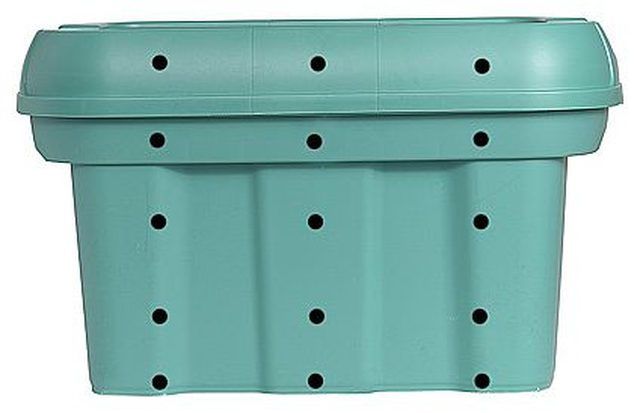Bulbs
Flower Basics
Flower Beds & Specialty Gardens
Flower Garden
Garden Furniture
Garden Gnomes
Garden Seeds
Garden Sheds
Garden Statues
Garden Tools & Supplies
Gardening Basics
Green & Organic
Groundcovers & Vines
Growing Annuals
Growing Basil
Growing Beans
Growing Berries
Growing Blueberries
Growing Cactus
Growing Corn
Growing Cotton
Growing Edibles
Growing Flowers
Growing Garlic
Growing Grapes
Growing Grass
Growing Herbs
Growing Jasmine
Growing Mint
Growing Mushrooms
Orchids
Growing Peanuts
Growing Perennials
Growing Plants
Growing Rosemary
Growing Roses
Growing Strawberries
Growing Sunflowers
Growing Thyme
Growing Tomatoes
Growing Tulips
Growing Vegetables
Herb Basics
Herb Garden
Indoor Growing
Landscaping Basics
Landscaping Patios
Landscaping Plants
Landscaping Shrubs
Landscaping Trees
Landscaping Walks & Pathways
Lawn Basics
Lawn Maintenance
Lawn Mowers
Lawn Ornaments
Lawn Planting
Lawn Tools
Outdoor Growing
Overall Landscape Planning
Pests, Weeds & Problems
Plant Basics
Rock Garden
Rose Garden
Shrubs
Soil
Specialty Gardens
Trees
Vegetable Garden
Yard Maintenance
How to Make Garden Composters
How to Make Garden Composters. Garden composters are a great addition to any garden. By mixing yard and household organic waste in a compost bin, you can create your own nutrient rich soil to add to your garden in less than 2 weeks time. You will benefit from the amazing soil made by your homemade compost bins, and you'll be astounded at the...

Garden composters are a great addition to any garden. By mixing yard and household organic waste in a compost bin, you can create your own nutrient rich soil to add to your garden in less than 2 weeks time. You will benefit from the amazing soil made by your homemade compost bins, and you'll be astounded at the plants you are able to grow! Good-quality compost costs money, so consider making your own composting bins at home.
Here's how to make simple garden composters in no time at all:
Things You'll Need
Plastic Storage Tub
Drill
1/2-3/4 inch drill bit
The first step to building a homemade compost bin is to buy your supplies. You will need a large storage bin which will act as the body of the composting bin itself. You can use any sort of container that you like. Rectangular shaped plastic bins that hold at least 50 gallons work great as garden composters. These bins have a lot of surface area on the bottom which allows more room for microorganisms to enter.
Drill holes throughout the sides and bottom of the compost bins to allow for aeration of the compost. These holes also let the microorganisms in so they can break down the compost. Some people remove the bottom completely from their garden composters to speed up the decomposition process by allowing worms to enter.
Find a place to put your compost bin. You don't want to leave garden composters too close to the home since they can sometimes emit strong smells.
Fill your garden composters with items such as plant debris, dry leaves, garden clippings, sawdust, newspaper, kitchen scraps, etc. You can add manure from animals that are vegetarians such as horses or cows. Don't add items to your composting bins such as meat, dairy, inorganic materials (i.e. aluminum foil, plastic), synthetic chemicals, diseased plants, colored paper etc.
Add water to your compost bins on a regular basis so it remains the consistency of a well wrung out sponge.
Stir the your garden composters a couple times a week and add more "stuff" as often as you like. Be sure not to overfill the bins however. You need room to mix and aerate.
Tips & Warnings
Fill your garden composters with about 25-30 parts carbon to 1 part nitrogen. Do an online search for C:N ratio for composting to explain this science in more detail.